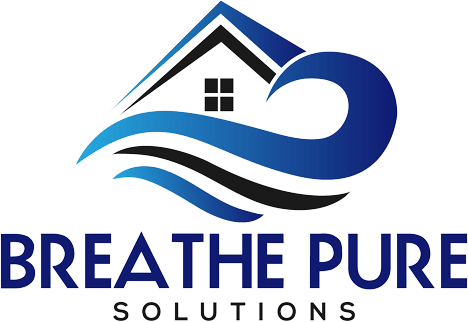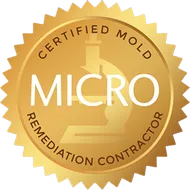Is Dry Fog the Cure For Brain Fog?
It comes up often in our call center- customers and potential customers who complain of brain fog, forgetfulness, anxiety, depression, etc. To the casual observer, it is obvious that this is a common theme. WHY? What is the link between neurological problems and having mold in your home.
According to the National Institute of Health, human exposure to molds, mycotoxins, and water-damaged buildings can cause neurologic and neuropsychiatric signs and symptoms. Many of these clinical features can partly mimic or be similar to classic neurologic disorders including pain syndromes, movement disorders, delirium, dementia, and disorders of balance and coordination. Having been in this business for 15 plus years, this is an amazing thing to read and is real progress. For years we have known there is a link, but have not been able to get an “authoritative” organization to recognize it.
Once mold or mycotoxins are inhaled, they can settle in your sinuses. The sinuses are dark, warm, and moist. Mold triggers an immune system response that triggers mucous production. Mucous becomes food for mold, enabling it to reproduce and cause a fungal infection of the sinusitis. Mucous also literally is swallowed and ends up in the gut. However, mycotoxins can be swallowed and cause harm without a sinus infection being present. Additionally, the inhaled mycotoxins can settle in the sinuses. These potent neurotoxins are microns away from the brain and blood brain barrier. These toxins, both inhaled and eaten, can cause neurological symptoms. There are urine tests to detect if there are mycotoxins, but the results are not completely conclusive. These tests are likely to find mycotoxins that are metabolized by the body’s organ systems. Mycotoxins that may have been ingested and go through the digestive tract, liver and excretion path.






